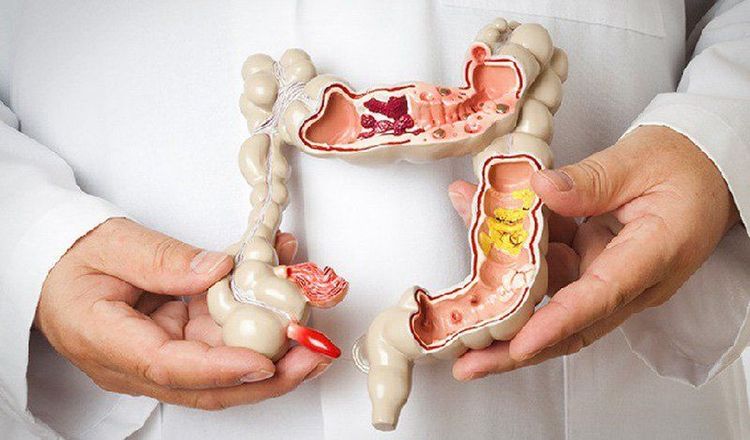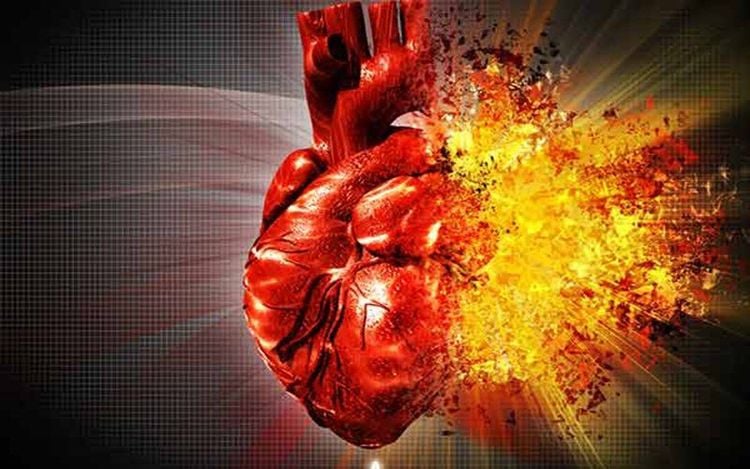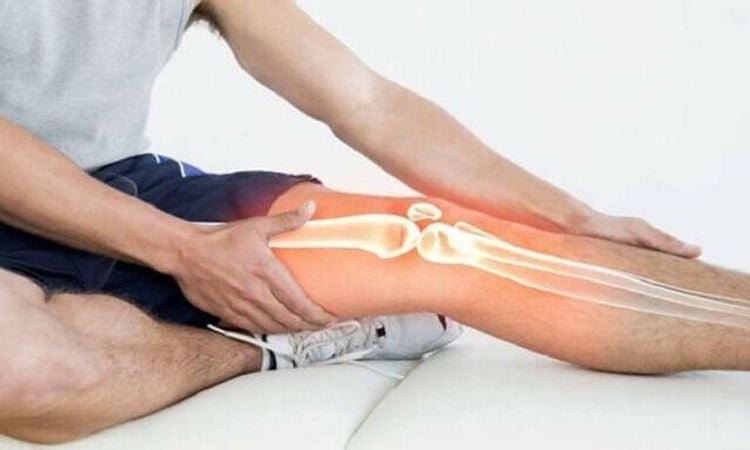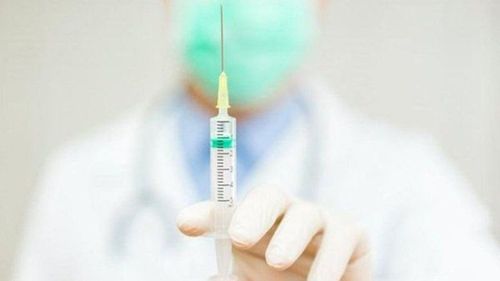This is an automatically translated article.
Article by Doctor Nguyen Dinh Hung - Radiologist - Radiology Department - Vinmec Hai Phong International General Hospital.
Contrast agents are substances used to enhance the contrast level of structures or body fluids when taking pictures in X-ray diagnostic techniques. It is often used to identify blood vessels and organs in the digestive system.
1. Contrast Contrast Containing Iodine
Contrast containing Iodine is an iodized polymer in nature. The effect of the drug depends on the amount of iodine attached to the polymer. Contrast containing Iodine is the most commonly used contrast agent (over 50% according to statistics in the US in 2006). Contrast containing Iodine is classified into two types: Contrast containing oil soluble iodine and Contrast containing Iodine water soluble.
2. X-ray of the upper and lower gastrointestinal tract using contrast material
Give the patient oral contrast and conduct imaging to evaluate disorders and find lesions in the upper gastrointestinal tract such as:
Swallowing disorders Causes of difficulty swallowing, choking. Find fistulas (Use only water-soluble contrast media) Find sites of narrowing of the gastrointestinal tract. Assess the location of aneurysm, dilation, diverticulum, perforation (Evaluate only drainage due to perforation with water-soluble contrast) Assess ulcer location, deformity due to ulcer lesions... Inject contrast through anorectal examination to assess:
Contrast circulation to find narrow, occluded sites Assess fistula or drainage hole through perforation (Only use water-soluble contrast) Detect congenital pathologies: Hypertrophy colon ... Detecting mass in the colon lumen.

Sử dụng thuốc cản quang khi chụp và đánh giá tổn thương đường tiêu hóa
3. X-ray or DSA of the vascular system (Use water-soluble contrast and intravascular route)
Assess the circulation of contrast agent in the vascular system on an X-ray machine or DSA to determine:
Location of narrowing, occlusion of the vascular system. Evaluation of anatomical variation. The location of the damaged vessel causes drug drainage. In the treatment of endovascular intervention: Evaluation of the source, pedicle, results of treatment after embolization, assessment of recanalization and recurrence based on images of angiogenesis. Locate the tumor.
4. Using contrast in examination and treatment with interventional radiographs (Using water-soluble contrast agents through routes of administration)
Diagnosis and cardiac intervention: Identify the hole - occlude the hole with parachute, dilate the heart valve... Diagnosis and intervention of the coronary artery: In the treatment of coronary artery stenosis, in the placement of coronary stents, evaluation Re-stenosis or stent occlusion... Diagnosis and interventional treatment of tumors: Liver tumors, cholangiocarcinomas, uterine fibroids... In the diagnosis and conservative treatment of solid organs after trauma but hemodynamics stable without surgical indications: Liver rupture, kidney rupture... In vascular-neurovascular intervention: Diagnosis and treatment of brain aneurysms, preoperative support for vascular tumors before surgery. Meningiomas ...) In the diagnosis and treatment of peripheral vascular diseases: Diabetic embolism, thromboembolism....

Dùng cản quang trong chẩn đoán và can thiệp tim mạch
5. Contrast use in computed tomography (both oral and intravascular)
Evaluation of tumor kinetics based on angiogenesis, enhancement and contrast clearance in CT scan phases. Evaluation of great vessels Screening for pathological angina pectoris. Screening for cerebrovascular lesions in at-risk groups (high blood pressure, lipid metabolism disorders, etc.) In urinary system pathology: Evaluation of the excretory function of the urinary system, tumors, cysts excess... In visceral and vascular trauma... Assists in contrast assessment in angiography of the digestive system.
6. Use of contrast in arthroscopy (water-soluble contrast)
Diagnosis of joint stenosis Diagnosis of articular cartilage damage, meniscus, border cartilage Diagnosis of torn capsular lesions.

Dùng cản quang trong chụp khớp
7. Using contrast in the diagnosis of breast diseases
Contrast injection, assessment of breast tumor kinetics on 2-energy computed tomography.
Today in diagnosis and treatment, contrast agents play an important role in both diagnosis, treatment support and post-treatment evaluation. Depending on the patient's condition, facilities and human resources as well as the level of each level, the indications for the use of contrast agents in examination will be given by clinicians and radiologists.
Contrast will be indicated for use in some imaging techniques. At Vinmec, contrast injection techniques are performed methodically and according to standard procedures by a team of highly skilled doctors and nurses, modern machinery system, thus giving accurate results, making a significant contribution. into effective treatment.
If you have a need for medical examination by modern and highly effective methods at Vinmec, please register here.














